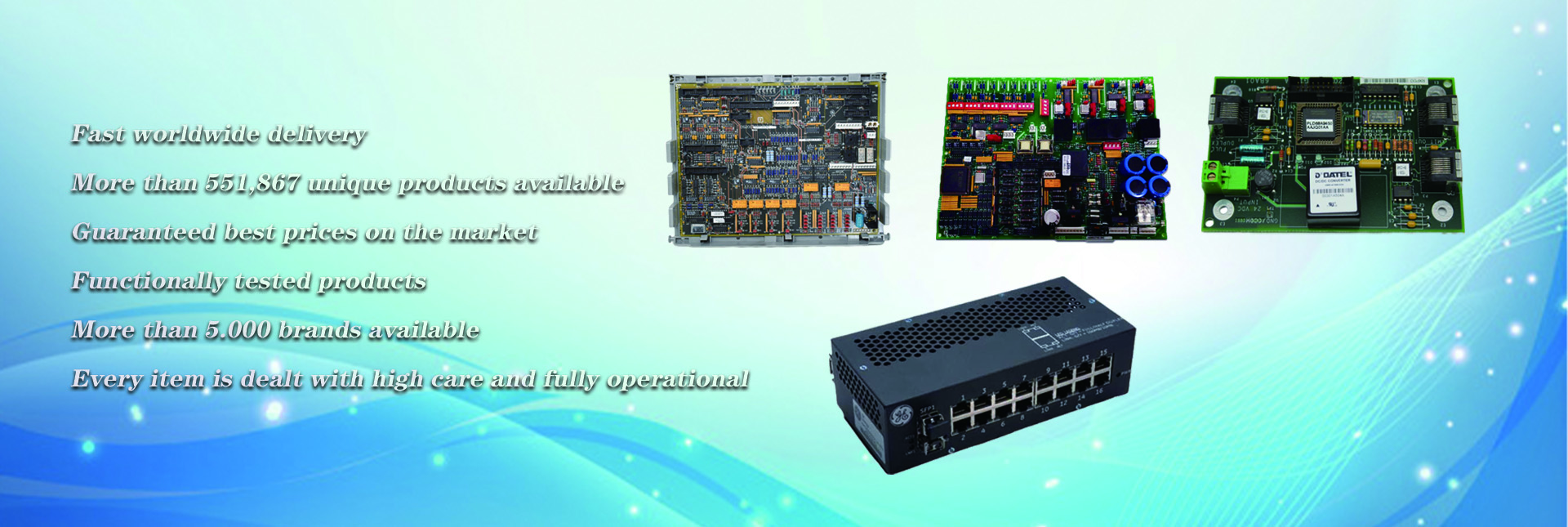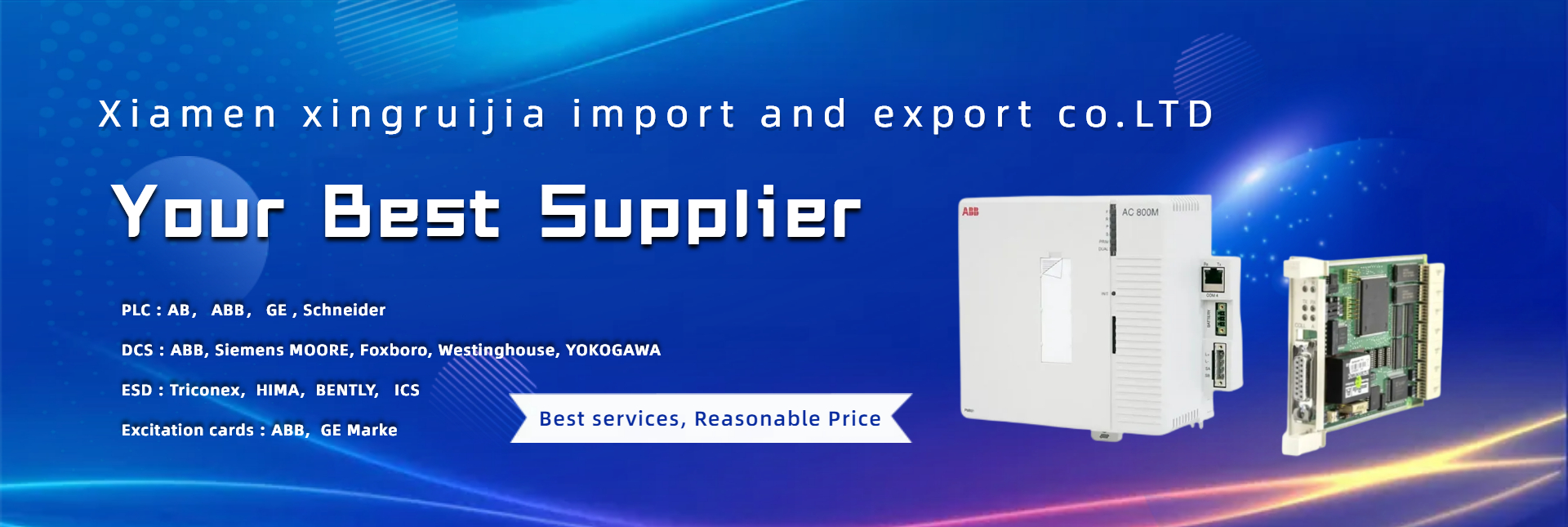Switching value: there are only two states of switching value, 0 and 1, including input and output, which reflect the state.
Digital quantity: digital quantity is composed of multiple switching quantities. For example, three switching values can form a digital value representing eight states.
Analog quantity: analog quantity is continuous quantity, while digital quantity is discontinuous. It reflects the measured value of electric quantity (such as current and voltage).
1. Switching value: on-off signal, passive signal, resistance test method is 0 or infinite;
It can also be an active signal. The professional name is step signal, which is 0 or 1. It can be understood as pulse impulse
The moderator said well that multiple switching values can form a digital value
2. Digital quantity: a signal type consisting of 0 and 1, usually a regular signal after coding. The relationship with analog quantity is the quantized analog quantity.
3. Analog quantity: continuous voltage, current and other signals. Analog signal is a signal whose amplitude changes continuously with time. After sampling and quantization, it is a digital quantity.
4. Pulse quantity: the signal quantity that the instantaneous voltage or current changes from one value to another. After quantization, the change of its continuous rule is a digital quantity. If it changes from 0 to a fixed value and remains unchanged, it is a switching value
The switching value mainly refers to the input and output, and refers to the auxiliary points of a device, such as
transformer
The auxiliary point of the relay attached to the temperature controller (the transformer is displaced after overtemperature), the auxiliary point attached to the valve cam switch (the valve is displaced after opening and closing),
Contactor
The auxiliary points (displacement after contactor action) and thermal relay (displacement after thermal relay action) are generally transmitted to
PLC
Or integrated protection device,
Power Supply
Generally, it is provided by PLC or integrated protection device, without power supply, so it is called passive contact, also called input of PLC or integrated protection device.
Digital quantity is defined as discrete signal with intermittent changes in time and value.
Analog quantity is defined as a signal that changes continuously in time and value.
The most basic digital quantities are 0 and 1. Basically, it refers to the open (0) or closed (1) state of a switch reflected on the switch. The switch quantity is passive, that is, it needs the output power of the device to detect it (that is, the input quantity of the device, for example, the non electric quantity input of the integrated protection device is an external input quantity); You can also use 0 and 1 to encode into various communication codes.
Analog quantity refers to electrical quantity signals such as voltage, current and frequency transmitted from PT, CT, etc;
Pressure sensor
4-20mA (electric type III instrument) signals transmitted from pressure transmitter, liquid level sensor, liquid level transmitter, flow sensor, flow transmitter, thermocouple or thermocouple through temperature transmitter are analog quantities. The integrated protection device can detect electric quantity (voltage, current, frequency and other signals transmitted via PT, CT, etc., i.e. analog quantity) and non electric quantity signal (light gas, heavy gas, overtemperature signal of transformer, i.e. non electric quantity, i.e. switch opening and closing)
Switching quantity, digital quantity and pulse quantity.
1. The switching value and analog value are directly measured.
Switching value: it reflects the state signal (such as switch on and switch off).
Analog quantity: it reflects the measured value of electric quantity (such as current and voltage).
2. Pulse quantity is generally an integral quantity (such as electrical measurement), which cannot be directly measured and needs to be calculated by measuring instruments.
3. Modulate and code the measured switching value, digital value and pulse value, and transmit them in the communication channel.
In the past, analog signals were also used for transmission, but now digital signals are generally used for transmission.
4. The dispatching terminal demodulates the signal and restores the information.
It is clear to distinguish digital quantity and digital signal
Digital quantity is relative to analog quantity and analog signal.
Switching value and pulse value are digital signals
The physical quantities that are discrete in time and quantity are called digital quantities. A signal representing a digital quantity is called a digital signal. For example:
Electronics
When the circuit records the number of parts output from the automatic production line, it sends a signal to the electronic circuit every time a part is sent, making it recorded as 1. When no part is sent at ordinary times, the signal added to the electronic circuit is 0, which is the count. It can be seen that the signal of part number is discontinuous both in time and quantity, so it is a digital signal. The smallest unit of quantity is 1.
The physical quantities that are continuous in time or value are called analog quantities. The signal representing analog quantity is called analog signal. For example:
The voltage signal output by the thermocouple during operation is an analog signal. Because the measured temperature cannot jump suddenly under any circumstances, the measured voltage signal is continuous both in time and quantity. Moreover, any value of this voltage signal in the process of continuous change is a specific physical meaning, that is, it represents a corresponding temperature.
1. Digital quantity
The physical quantities that are discrete in time and quantity are called digital quantities. A signal representing a digital quantity is called a digital signal. The electronic circuit working under digital signal is called digital circuit.
For example:
When electronic circuits are used to record the number of parts output from the automatic production line, a signal is sent to the electronic circuit for each part sent, making it recorded as 1. When no part is sent at ordinary times, the signal added to the electronic circuit is 0, which is the count. It can be seen that the signal of part number is discontinuous both in time and quantity, so it is a digital signal. The smallest unit of quantity is 1.
2. Analog quantity
The physical quantities that are continuous in time or value are called analog quantities. The signal representing analog quantity is called analog signal. The electronic circuit working under the analog signal is called analog circuit.
For example:
The voltage signal output by the thermocouple during operation is an analog signal. Because the measured temperature cannot jump suddenly under any circumstances, the measured voltage signal is continuous both in time and quantity. Moreover, any value of this voltage signal in the process of continuous change is a specific physical meaning, that is, it represents a corresponding temperature.
The switching value, including input and output, is a digital signal with only two states of 0 and 1, indicating the closing or opening of relay contact or the auxiliary contact of some circuit breakers. The input value is the signal input of the protection device, collecting the position information of the on-site switch, knife switch, etc.
The input and output of microcomputer protection refer to the digital quantity, that is, the closing or opening of relay contacts or the closing or opening of auxiliary contacts of some circuit breakers.
Specifically, the switching value input into the microcomputer protection is the input value, and when the CPU control unit of the microcomputer protection sends a command, the relay is closed or disconnected and output to the equipment is the output value.
Post time: Dec-30-2022


